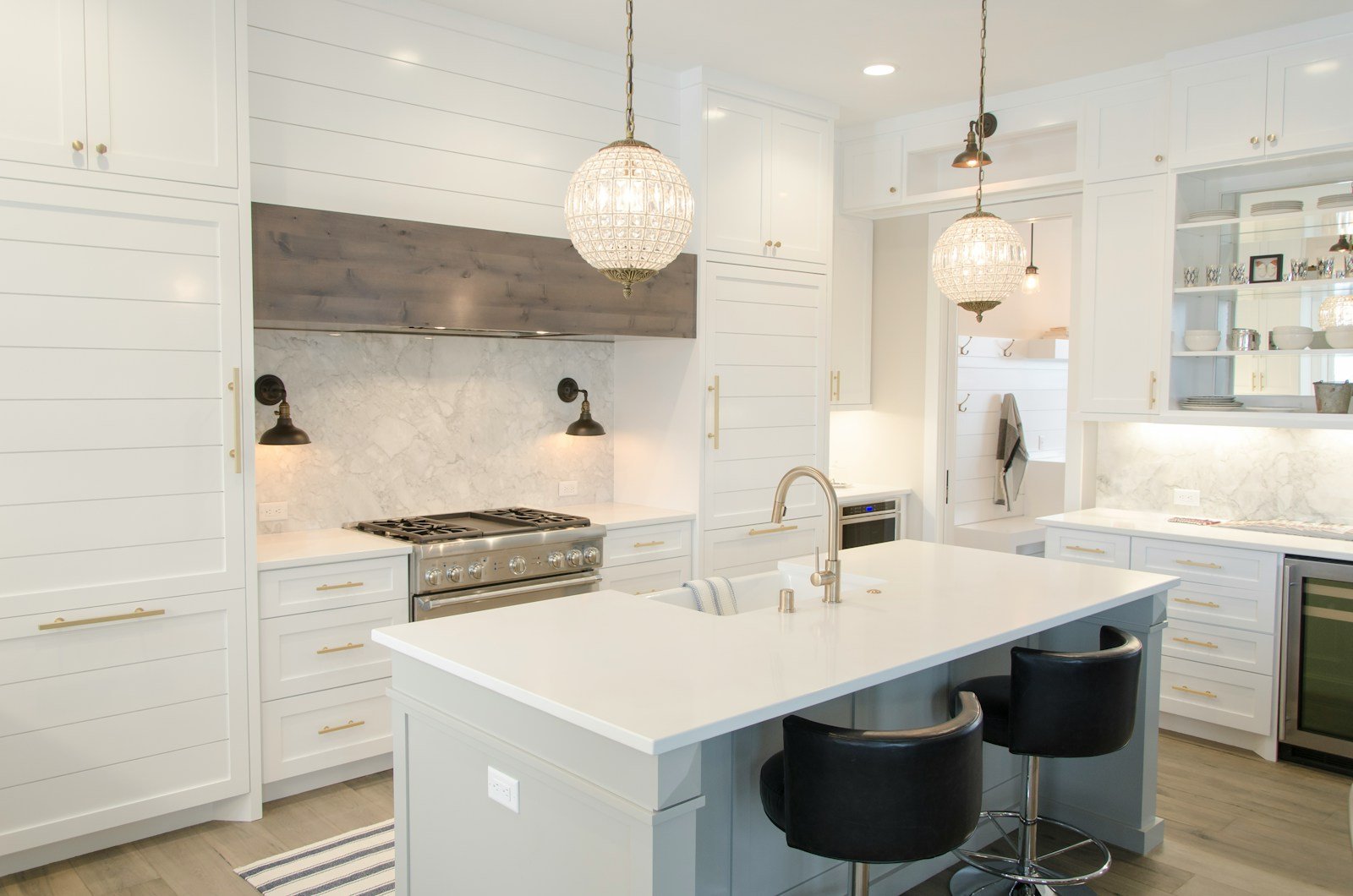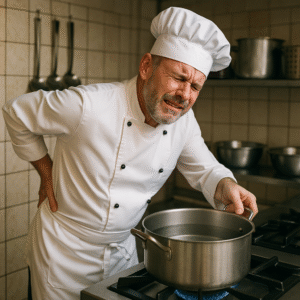Return on investment for a kitchen remodel is defined as the percentage of a project’s cost that is recouped in the sale price of the home. This figure hinges on both the absolute cost of the work and the local market’s willingness to pay for upgraded features. Two broad categories emerge:
- Minor remodels, which update existing layouts and finishes without structural changes.
- Major or luxury remodels, which reconfigure layouts, relocate plumbing or walls, and install high-end custom cabinetry and appliances.

According to Remodeling Magazine’s 2024 Cost vs. Value report, a typical minor kitchen remodel—new cabinet fronts, countertops, flooring and appliances—averages a 96 percent cost recoupment at resale, whereas a major upscale remodel returns only 50 percent on average.
Common Shortfalls: When Remodels Underperform
Not every upgrade pays off. A Better Homes & Gardens analysis warns that highly personalized or over-the-top fixtures can deter broad buyer appeal, potentially decreasing a home’s net value. “Expensive fixtures that are not essential for most buyers” and design schemes that clash with the rest of the house may fail to justify their cost at resale.
Key missteps include:
- Over-customization: Unique layouts or materials that resonate with a narrow buyer segment.
- Excessive luxury: Fixtures and finishes whose premium price tags far exceed perceived utility.
- Mismatch with neighborhood: A top-tier kitchen in an otherwise modest street can look discordant, undermining overall curb appeal.
High-Impact, Cost-Effective Upgrades
Rather than wholesale high-budget renovations, targeted improvements often yield the best ROI. Data and expert commentary converge on these priority areas:
1. Cabinetry: Refacing vs. Replacement
- Refacing—replacing doors and drawer fronts while preserving cabinet boxes—recoups about 80–85 percent of cost, depending on materials and labor rates.
- Full replacement can still return 70–75 percent, particularly if opting for mid-range wood species and stock dimensions.
“Cabinet upgrades alone can increase property value by 3.63 percent,” according to Real Simple’s analysis of fixer-upper projects, underscoring the outsized impact of visually dominant elements.
2. Countertops: Durable Materials Drive Value
- Quartz installations deliver 85–95 percent of cost back at resale, combining stain resistance with a wide palette of finishes.
- High-grade granite can recoup 75–85 percent, though selection of exotic outliers may dampen broad buyer interest.
- Laminate and engineered stone offer mid-range returns (60–70 percent), often serving as budget buffer upgrades in turnkey flips.
3. Lighting and Layout Adjustments
- Under-cabinet LED task lighting enhances both function and ambiance, with low incremental cost (often under $500) and recoupment rates near 90 percent.
- Reconfiguring to an open-plan layout—removing a partial wall for a peninsula or island—can add 5–10 percent more value than the project’s cost, particularly in urban markets where open concepts are expected.
4. Luxe Finishes: Champagne-Bronze Faucets and Hardware
Upscale metal finishes have regained favor after years of matte black and stainless dominance. Designers note that “toned-down brass has been re-emerging,” offering a subdued warmth that complements both traditional and transitional kitchens.
- Champagne-bronze faucets cost between $50 and $100 in finish premium alone, with total installation averaging $170–$360, and deliver a perceived luxury boost without destabilizing ROI.
- Buyers surveyed in a National Association of REALTORS® study listed bronze and mixed-metal finishes among their favorite accent fixtures, with nearly 57 percent expressing enthusiasm for warmer metallic tones over cool grays or blacks.
While the finish premium is modest, the visual synergy of coordinated hardware, pulls and faucets can elevate buyer appraisal, often tipping a borderline listing into multiple-offer territory.
Regional Variations and Market Timing
ROI is not uniform across geographies. A Dawn Griffin Group review of St. Louis markets found mid-range kitchen remodels returned 78 percent—outperforming the 71 percent national average—reflecting strong local demand for classic, functional designs.
Conversely, West Coast metropolitan areas (San Francisco, Seattle) can push minor remodel returns above 85 percent, driven by ultra-competitive buyer markets and elevated housing costs.
Market timing also influences ROI:
- Low-competition windows, when contractor schedules are open and material costs stabilize, permit negotiation leverage and can reduce total project outlay by 5–10 percent.
- Spring and early summer remain peak renovation seasons; off-peak (late fall/winter) projects can yield lower bids and faster scheduling but may delay resale until peak listing months.
Pitfalls of Ultra-Luxury Overreach
Investors and homeowners seeking the top end of design must guard against diminishing returns. A fix-and-flip guide notes that high-end kitchen overhauls typically return only 52.5–71.2 percent of cost, compared with 65–80 percent for minor remodels that focus on key buyer drivers—surfaces, fixtures, and neutral palettes.
Excessive customization—steam ovens, multi-zone wine fridges, bespoke millwork—can slow resale and reduce yield. A Better Homes & Gardens analyst advises focusing on broadly appealing updates such as paint, practical storage, and moderately premium finishes to safeguard maximum net gain.
Historical Context: The Kitchen’s Evolving Role
Once relegated to utilitarian workspaces, kitchens have transformed into social hubs over the past three decades. Open-plan designs, propelled by media franchises such as HGTV’s Fixer Upper, shifted expectations: “The kitchen can really feel like the heart of things,” observes architect Patrick Donaldson, encapsulating the room’s ascendancy as a communal focal point.
This evolution has recalibrated buyer priorities, elevating finishes and functional ergonomics above pure square-foot considerations. A modern kitchen’s ROI profile reflects not only its physical amenities but its capacity to signal lifestyle quality and move-in readiness.
Actionable Strategies for Maximizing Kitchen ROI
Drawing on industry data and buyer surveys, the following roadmap guides homeowners and investors toward optimal spend allocation:
- Invest in targeted cabinet and countertop upgrades—refacing paired with quartz delivers near-nine-in-ten cost recoupment with minimal structural alteration.
- Select warm-metal accents such as champagne-bronze faucets and brushed-gold pulls to signal intentional design without straying into niche customization.
- Implement layered lighting—task, ambient and accent sources fold seamlessly into resale valuations by enhancing both function and staging quality.
- Leverage seasonal contractor availability—consider winter projects to capture reduced labor rates and expedite spring listing readiness.
- Align finishes with neighborhood norms—ensure that luxury touches harmonize with comparable homes to avoid over-capitalizing beyond local price bands.
By adhering to these data-driven priorities, a homeowner can confidently allocate renovation budgets in ways that resonate with the broadest buyer audience while preserving strong net returns.



